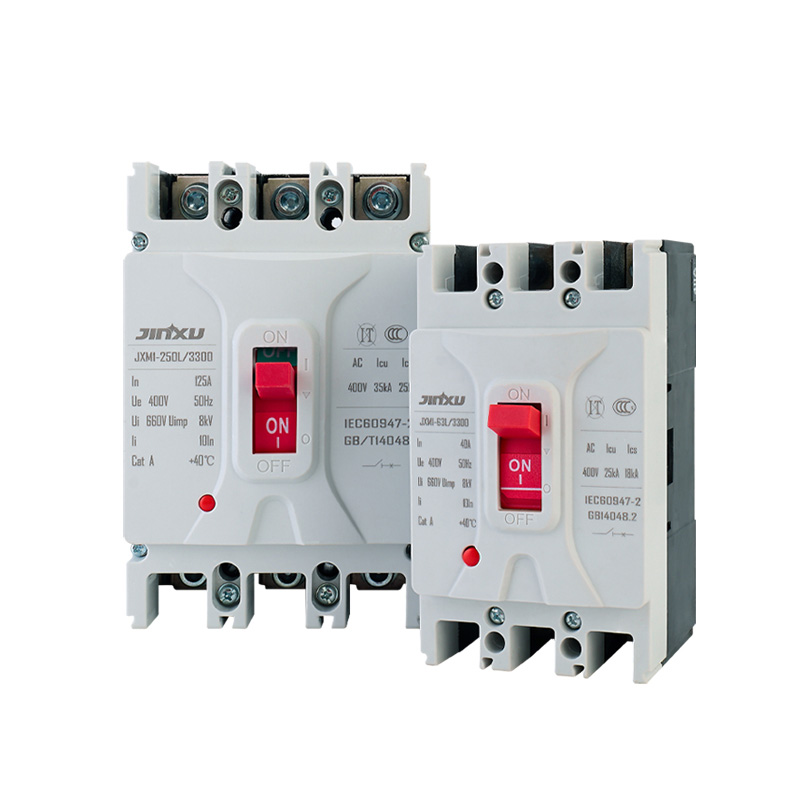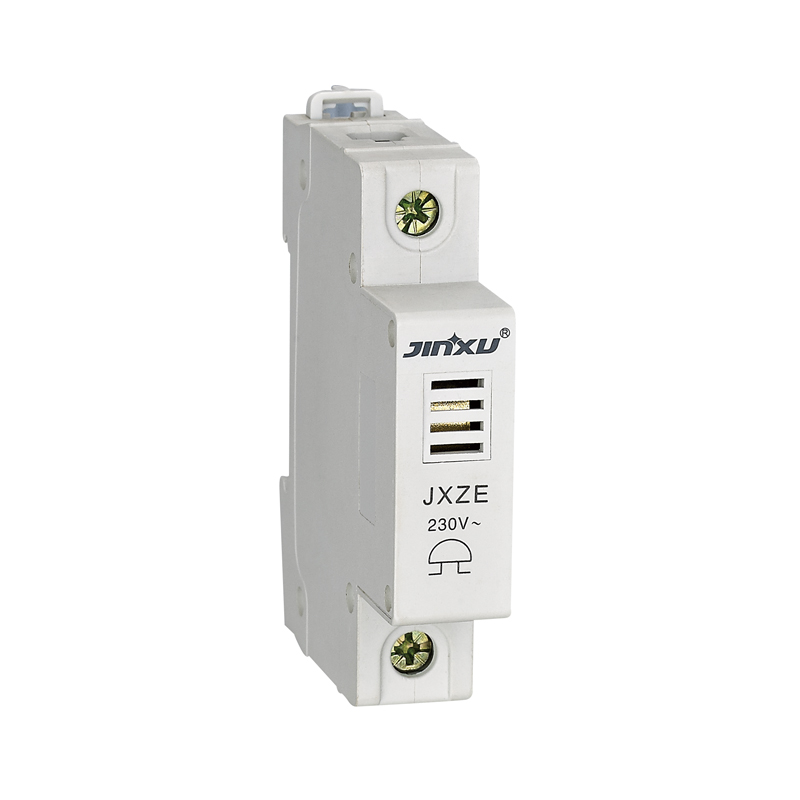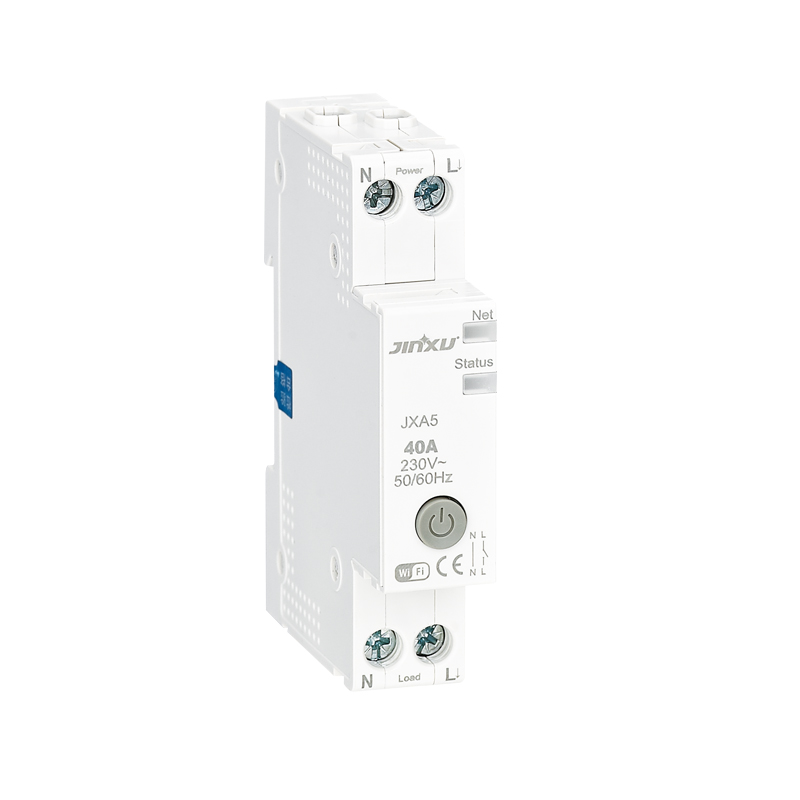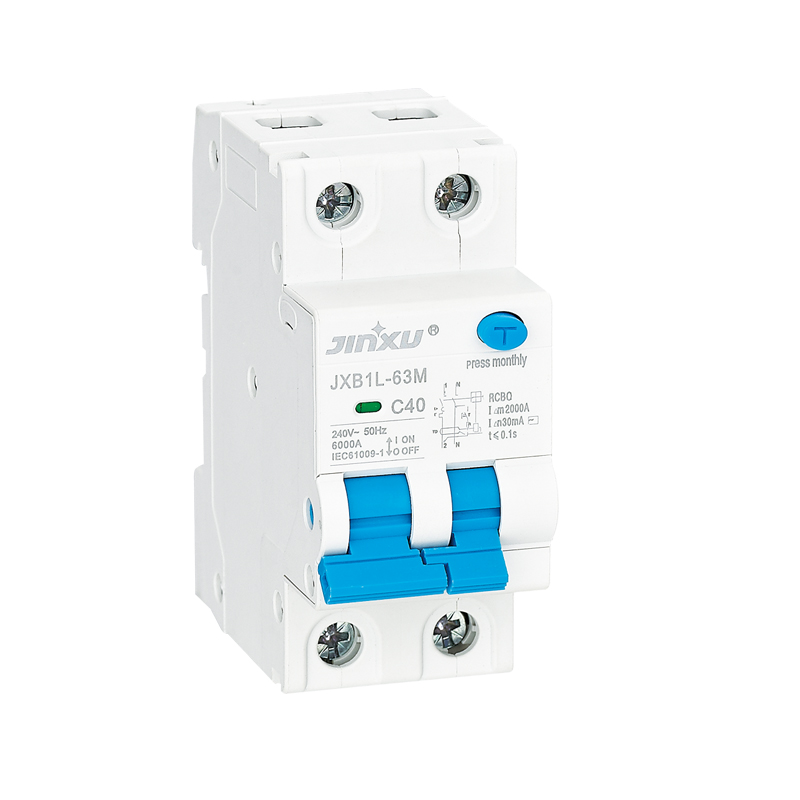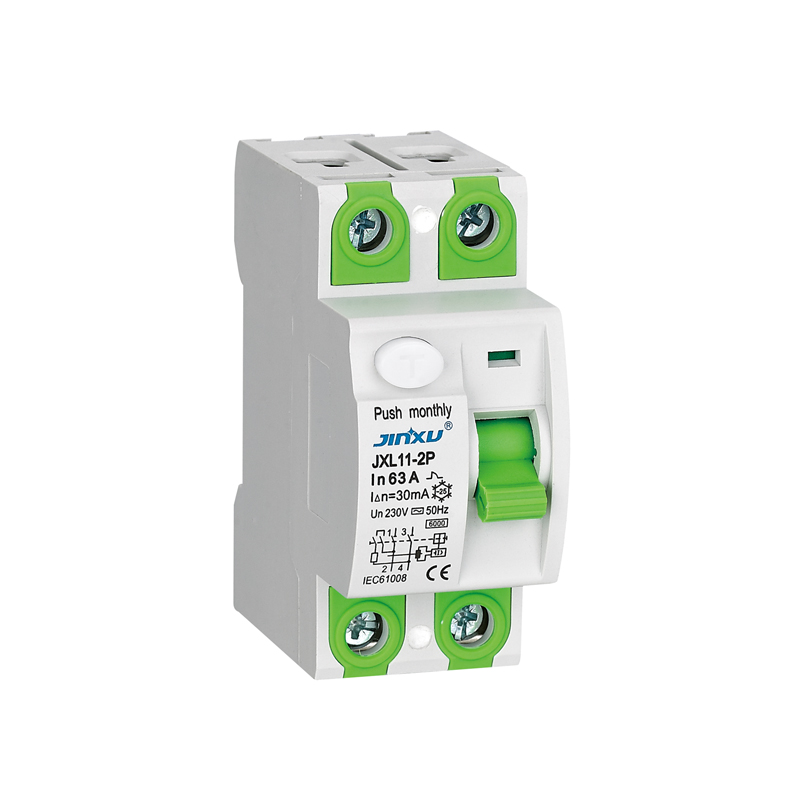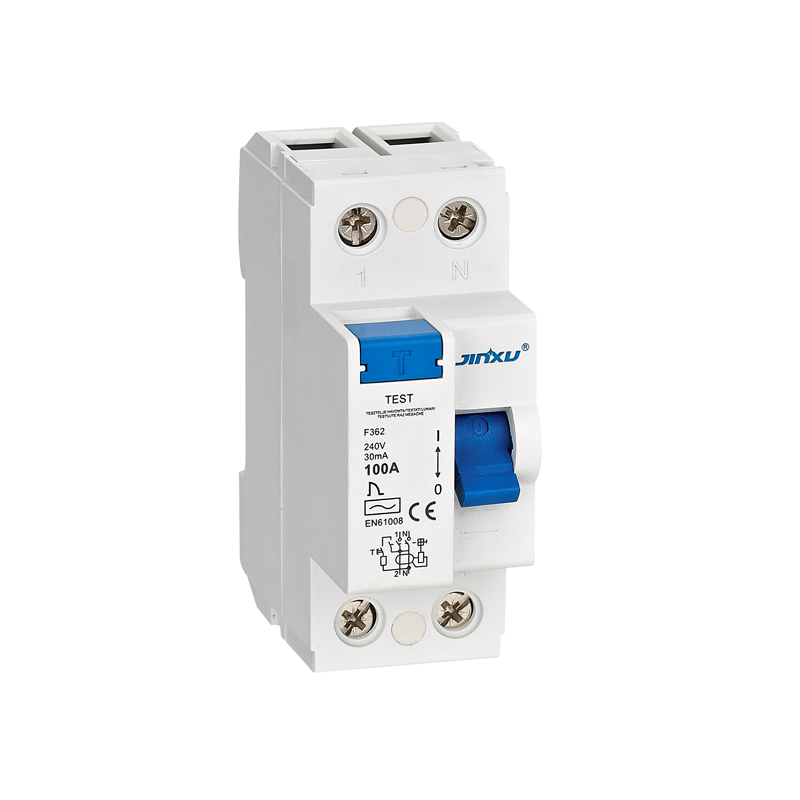Low voltage distribution equipment factory tell you about the composition and related functions of the power distribution system
In industry, agriculture, transportation, national defense, and people's power consumption departments, most of them use a low-voltage power supply, so the quality of electrical components will directly affect the reliability of the low-voltage power supply system. In this article, Low voltage distribution equipment factory tells you about the composition and related functions of the power distribution system.
What is low-voltage power distribution equipment? What are the main components of the low-voltage power distribution system?
The common ones are low-voltage circuit breakers, isolating switches, contactors, fuses, relays, master electrical appliances, load switches, etc. Low voltage distribution equipment factory will tell you in detail.
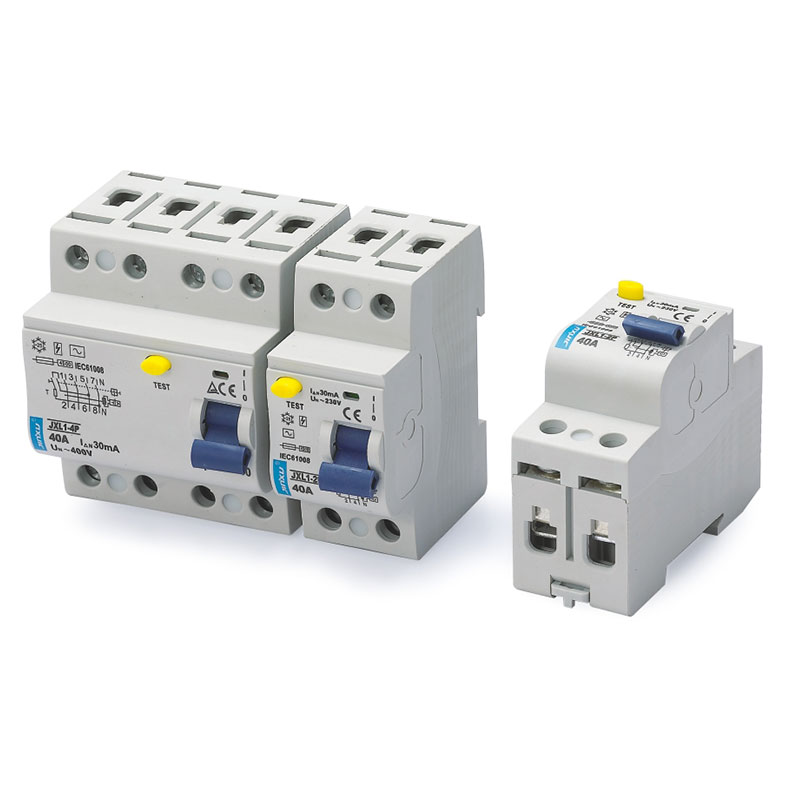
(1) Low voltage circuit breaker
(Once called automatic switch) is a switching device that can not only switch on and off normal load current and overload current, but also switch on and off short-circuit current. In addition to the control function in the circuit, the low-voltage circuit breaker also has certain protection functions, such as overload, short circuit, Undervoltage, and leakage protection.
What are the types of low-voltage circuit breakers?
1) Frame-type circuit breaker
All parts are installed in an insulated metal frame, which is usually open and can be equipped with various accessories. It is more convenient to replace contacts and components, and it is mostly used in the main switch at the power supply end. There are several kinds of overcurrent releases, such as electromagnetic type, electronic type, and intelligent type. The circuit breaker has four sections long-time delay, short-time delay, instantaneous, and ground fault protection, and the setting value of each protection can be adjusted within a certain range according to its frame level.

2) Molded Case Circuit Breaker (MCCB)
The molded case circuit breaker is also called the device-type circuit breaker. The outer contact of the grounding wire terminal, the arc extinguishing chamber, the trip unit, and the operating mechanism are all installed in a plastic shell. Auxiliary contacts, Undervoltage releases, and shunt releases are mostly modularized, and the structure is very compact. Generally, maintenance is not considered, and they are suitable for branch circuit protection switches. Molded case circuit breakers typically contain thermal-magnetic trip units, while larger models have solid-state trip sensors.
(2) Isolation switch
Also known as a knife switch or isolating switch, it is the simplest and most widely used low-voltage electrical appliance among hand-controlled electrical appliances.
(3) Contactor
It refers to the electrical appliances that use coils to flow current to generate a magnetic field in industrial electricity to close the contacts to control the load.
(4) Fuse
Also known as a fuse, the IEC127 standard defines it as a "fuse link". It is an electrical component installed in a circuit to ensure the safe operation of the circuit. Fuses are widely used in high-voltage and low-voltage power distribution systems and control systems, as well as electrical equipment, as short-circuit and over-current protectors, and are one of the most commonly used protection devices.
(5) Relay
A relay is an electrical control device. It has an interactive relationship between the control system (also known as the input loop) and the controlled system (also known as the output loop). Usually used in automatic control circuits, it is an "automatic switch" that uses a small current to control the operation of a large current. Therefore, it plays the role of automatic adjustment, safety protection, and conversion circuit in the circuit.
(6) Master electrical appliances
It is a switching device used to switch on and off the control circuit to issue commands or program control the production process.
(7) Load switch
A load switch, from the name, it is known that it means a switch that can cut off the load current. It is different from a high-voltage circuit breaker. The load switch has no arc extinguishing ability and cannot break the fault current. It can only break the load under the normal working condition of the system. Current, hence the name of the load switch.


